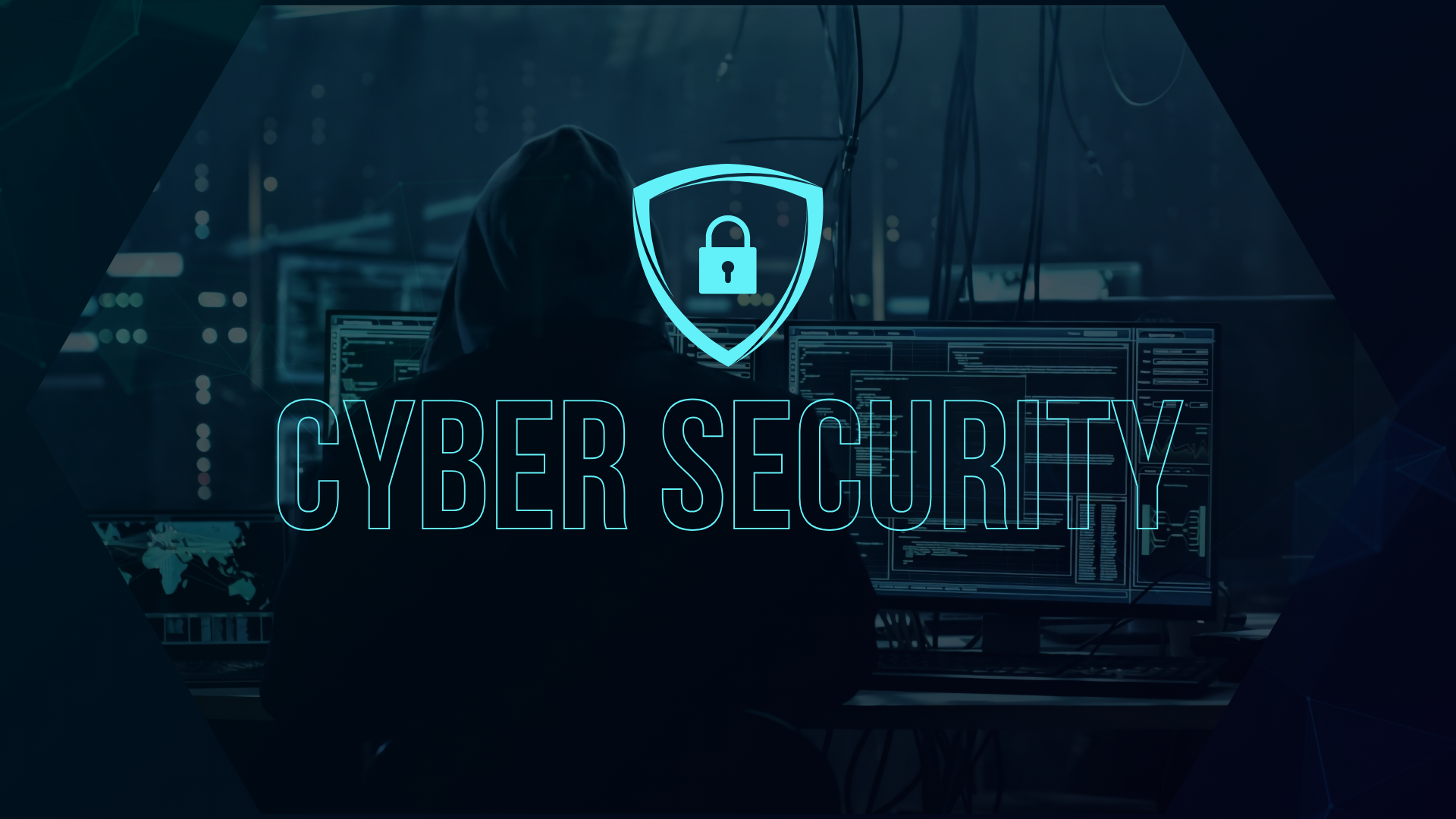The Importance of IT Security
Protecting sensitive personal information and securing critical business data, IT security serves as the foundation of a secure and operational digital environment. This blog post will delve into the realm of IT security, examining its importance, fundamental elements, and best practices for ensuring strong defense against cyber threats.
Understanding IT Security
IT security, also known as information technology security, is the practice of implementing safeguards and protocols to protect digital data and systems against unauthorized access, cyber-attacks, theft, and damage. The core objectives of IT security are to preserve the confidentiality, integrity, and availability of information, often referred to as the CIA triad.
1. Confidentiality: This ensures that sensitive data is accessible only to those with authorization.
2. Integrity: This involves maintaining the accuracy and consistency of data by preventing unauthorized alterations.
3. Availability: This guarantees that data and systems are available to authorized individuals when required.
The Importance of IT Security
The digital environment is ever-changing, bringing with it an evolving array of cyber threats. Cybercriminals are increasingly sophisticated, using advanced methods to exploit system weaknesses. Below are key reasons why IT security is indispensable:
1. Data Protection: Personal and corporate data are critical assets. Safeguarding this information from unauthorized access preserves confidentiality and sustains trust.
2. Regulatory Compliance: Various sectors face stringent data protection laws. Failure to comply can lead to substantial fines and damage to reputation.
3. Business Continuity: Robust IT security protocols ensure that business operations can proceed uninterrupted, even in the face of cyber incidents.
4. Financial Security: Cyber incidents can lead to considerable financial loss through fraud, theft, and the expenses incurred in breach remediation.
5. Reputation Management: Incidents of data compromise can tarnish a company's image, resulting in customer attrition and lost business prospects.
Key Components of IT Security
IT security is an extensive domain that includes various components working in unison to safeguard digital assets. The key elements are:
1. Network Security: Ensures the integrity, confidentiality, and availability of data during transmission or when accessed via networks. Key tools include firewalls, intrusion detection systems, and secure VPNs.
2. Endpoint Security: Protects devices like computers, smartphones, and tablets against threats, utilizing antivirus software, anti-malware tools, and endpoint detection and response (EDR) systems.
3. Application Security: Secures software applications from the development phase to deployment, involving secure coding practices, consistent testing, and application firewalls.
4. Data Security: Shields data, whether at rest or in transit, using encryption, access controls, and data masking techniques.
5. Identity and Access Management (IAM): Handles user identities and regulates access to resources according to roles and permissions.
6. Incident Response: Formulates and executes strategies for addressing and recovering from security incidents, including incident detection, analysis, containment, eradication, and recovery processes.
7. Security Awareness Training: Instructs employees on cybersecurity best practices and the identification and handling of potential threats.
Best Practices for IT Security
To build a robust IT security framework, organizations
should adopt the following best practices:
1. Risk Assessment: Regularly conduct risk assessments to identify and prioritize potential threats and vulnerabilities.
2. Implement Strong Password Policies: Enforce the use of complex passwords and multi-factor authentication to enhance security.
3. Regular Updates and Patching: Keep software and systems updated to protect against known vulnerabilities.
4. Data Encryption: Encrypt sensitive data both at rest and in transit to prevent unauthorized access.
5. Access Controls: Implement strict access controls to ensure that only authorized individuals have access to critical systems and data.
6. Backup and Recovery: Regularly back up data and have a recovery plan in place to restore systems in the event of a breach.
7. Monitor and Respond: Continuously monitor networks and
systems for signs of suspicious activity and respond promptly to any incidents.
Conclusion
As the digital landscape continues to expand, the importance
of IT security grows in tandem. Protecting sensitive data and systems from
cyber threats is essential for maintaining trust, ensuring regulatory
compliance, and safeguarding the continuity of business operations. By
understanding the key components of IT security and adopting best practices,
organizations can build a resilient defence against the ever-evolving threat
landscape.
At ISUK, we specialize in providing comprehensive IT security solutions tailored to meet the unique needs of your business. Our team of experts is dedicated to helping you secure your digital assets and protect against cyber threats. Contact us today to learn more about our IT security services and how we can help you stay ahead of the curve.
Email: info@isukconsultants.com


